10 Hot 3-D Printers In The Channel
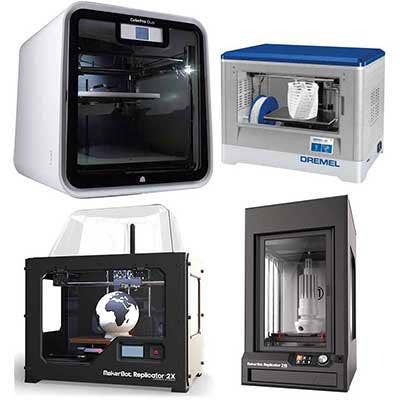
A New Dimension In Printing
The 3-D printing market is continuing to surge, with research firm IDC forecasting that sales of 3=D printers, materials, software and services will grow to $28.9 billion in 2020. That's more than double the $13.2 billion in sales that the market saw in 2016. And increasingly, vendors of 3-D printers are looking to work with the channel. "We've gotten beyond some of the super-excited early adopters who were willing to buy through an e-commerce platform," said Luke Winston, head of sales and services at Somerville, Mass.-based Formlabs, maker of the Form 2 high-resolution desktop 3-D printer. "It is a complex process -- designing in CAD and printing [objects], the whole workflow of doing a prototype. It does require more hand-holding -- solutions selling, training. That's where VARs start playing a really big role for us."
A number of other 3-D printer vendors are working with channel partners as well -- such as MakerBot, Dremel and 3D Systems -- while HP Inc. is also diving into the 3-D printer business with the help of the channel.
As part of CRN Printer Week 2017, the CRN Test Center has rounded up 10 3-D printers now on the market that are hot in the channel.
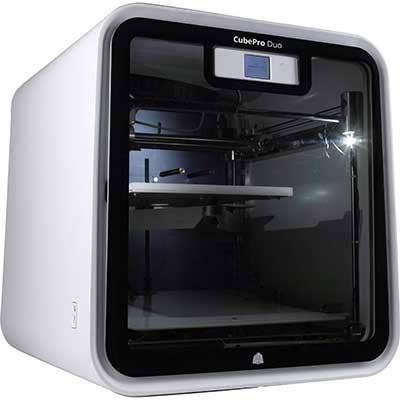
3D Systems: CubePro Duo
The CubePro Duo from 3D Systems aims to stand out by bringing together many of the bleeding-edge features available in 3-D printing in one place. For starters, the CubePro Duo offers 70-micron layer thickness, more detailed than many other 3-D printers on the market. Large objects are also an option, with a build volume of up to 10.6 inches length, 9.56 inches width and 9.06 inches height. And so is printing objects with more than one color and material -- the CubePro Duo enables 3-D printing in two simultaneous colors and with two different materials.
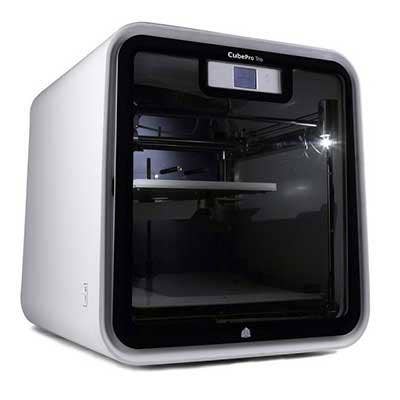
3D Systems: CubePro Trio
The top-of-the-line model in the CubePro series, the CubePro Trio, allows users to print in as many as three simultaneous colors and with three different materials. The build size is slightly smaller than on the CubePro Duo with a build volume of 7.89 inches width, though the height and length capabilities are the same -- as is the ability to print in 70-micron layer thickness.
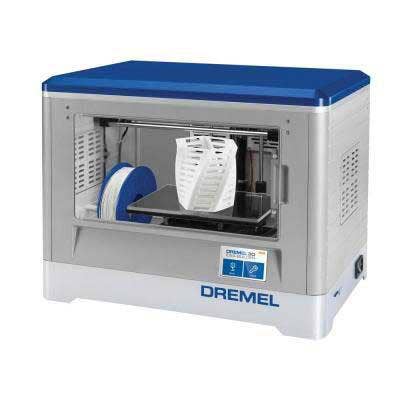
Dremel: Idea Builder 3-D Printer
Traditionally focused on producing handheld rotary tools, Dremel diversified into 3-D printers with the Idea Builder, which is targeted as an easy-to-use machine that comes with an extruder pre-installed. The Idea Builder offers 100-micron layer thickness and build volume of 9 inches length, 5.9 inches width and 5.5 inches height.
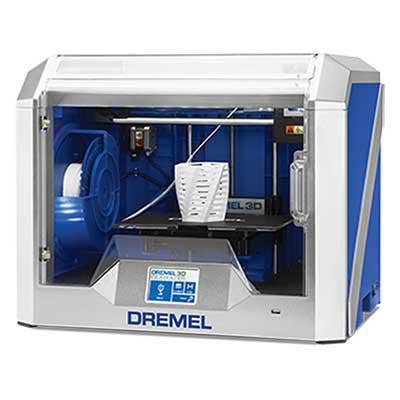
Dremel: Idea Builder 3D40
The 3D40 model is a higher-end version of the Dremel's Idea Builder, with similarities including the 100-micron layer thickness, and differences including the ability to print larger objects. The build volume for the 3D40 is 10 inches length, 6 inches width and 6.7 inches height.
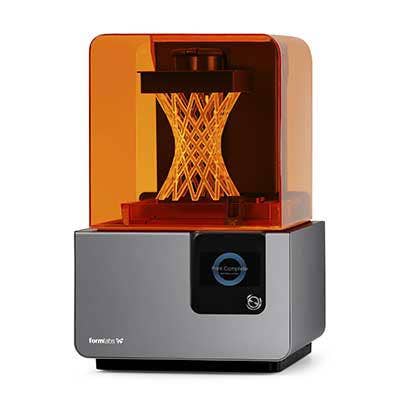
Formlabs: Form 2
Using Formlabs' stereolithography technology, the Form 2 targets professional users that are aiming to print high-resolution 3-D objects. The Form 2 offers layer thickness as detailed as 25 or 50 microns, while 100-micron layers are also an option. The device can print objects at up to 5.7 inches for both length and width, and with a height of up to 6.9 inches. Partnerships for Formlabs have included a distribution agreement focused on dental office customers with Zahn Dental, a unit of distributor Henry Schein.
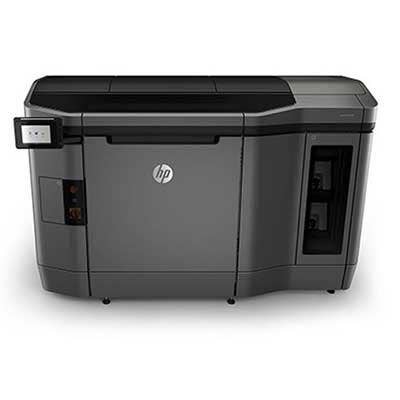
HP: Jet Fusion 3D 4200
HP is looking to be one of the first vendors of ink printers to make the transition into the 3-D printing realm, with the launch of the Jet Fusion 3D 4200. The printer is designed to provide production-quality manufacturing parts, at speeds of up to 10 times that of existing 3-D printing systems. The 3-D-printed parts can also be finely detailed, with layer thickness of 0.07 mm to 0.1 mm. "We've been identifying and engaging channel partners in key regions, ensuring they have the right capabilities to deliver a best-in-class customer experience to HP 3-D customers," HP said in an email to CRN. "Channel candidates include selected HP channel partners and many channels that today have experience selling 3-D printers."
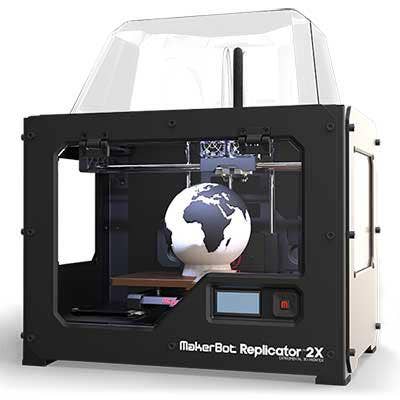
MakerBot: Replicator+
MakerBot says the Replicator+ offers a number of advantages compared with the previous model, the fifth-generation Replicator. The machine promises 30 percent faster print times than the previous version, along with 100-micron layer thickness and a 25 percent larger build volume than in the past (11.6 inches length, 7.6 inches width, 6.5 inches height). Features include the Smart Extruder+ that aims to keep performance strong over time.
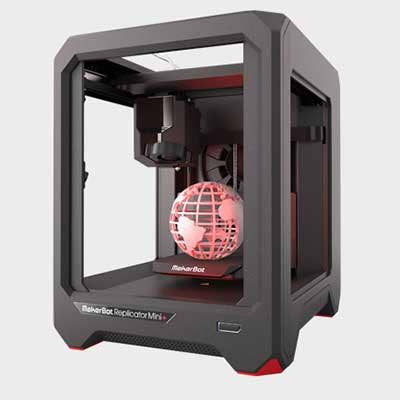
MakerBot: Replicator Mini+
For users who have space constraints, the smaller Replicator Mini+ could be a go-to option. Notably, the layer thickness (100-micron layer) is equal to that of the Replicator+, and the height capability of 5 inches is not too far off. Meanwhile, the Mini+ also features the Smart Extruder+ for keeping performance strong over the life of the machine.
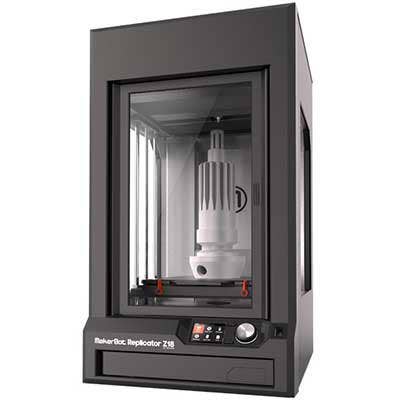
MakerBot: Replicator Z18
For those who like the freedom to build really big stuff with their 3-D printer, the Replicator Z18 is one top option. The name comes from the 18-inch height capability offered by the machine, while the Z18 offers up to 12 inches on both width and length. The Z18 specializes in printing large industrial prototypes and can also print more than one object at a time, with 100-micron layer thickness. Also worth noting: the Z18's incremental costs are held in check a bit by its use of MakerBot's low-cost PLA Filament.
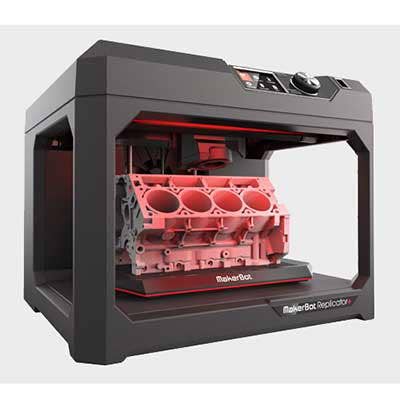
MakerBot: Replicator 2X
Targeted at users that are looking to experiment, the Replicator 2X is the only MakerBot 3-D printer to offer dual extrusion. Those capabilities enable users to print 3-D objects that feature two colors, which can be interlaced with each other. For instance, as MakerBot shows on its website, dual extrusion might let a user print a model of the earth with the water as one color and the land as a different color.